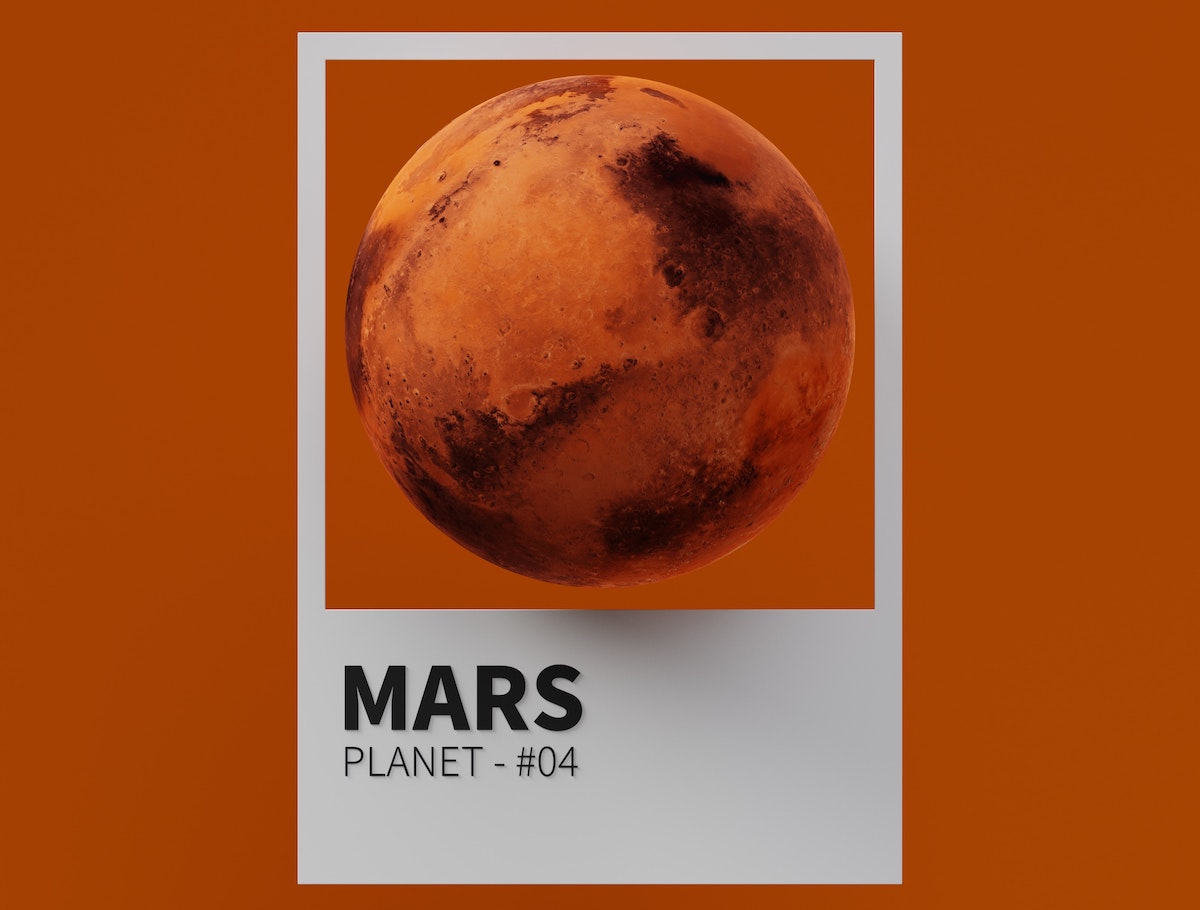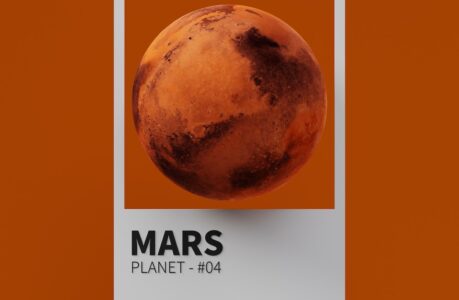Mars, also known as the Red Planet, is the fourth planet from the sun and has always been a subject of fascination for humans. It is the second closest planet to Earth and is believed to have once been a warm and wet planet with a thick atmosphere. Although today, Mars is a dry and barren planet with a thin atmosphere, it still holds many mysteries and secrets that scientists are eager to uncover.
The first successful flyby of Mars was in 1965 by the Mariner 4 spacecraft, and since then, numerous missions have been sent to Mars to study its atmosphere, geology, and the potential for life. In recent years, the focus has shifted to the possibility of colonising Mars and making it a permanent home for humans.
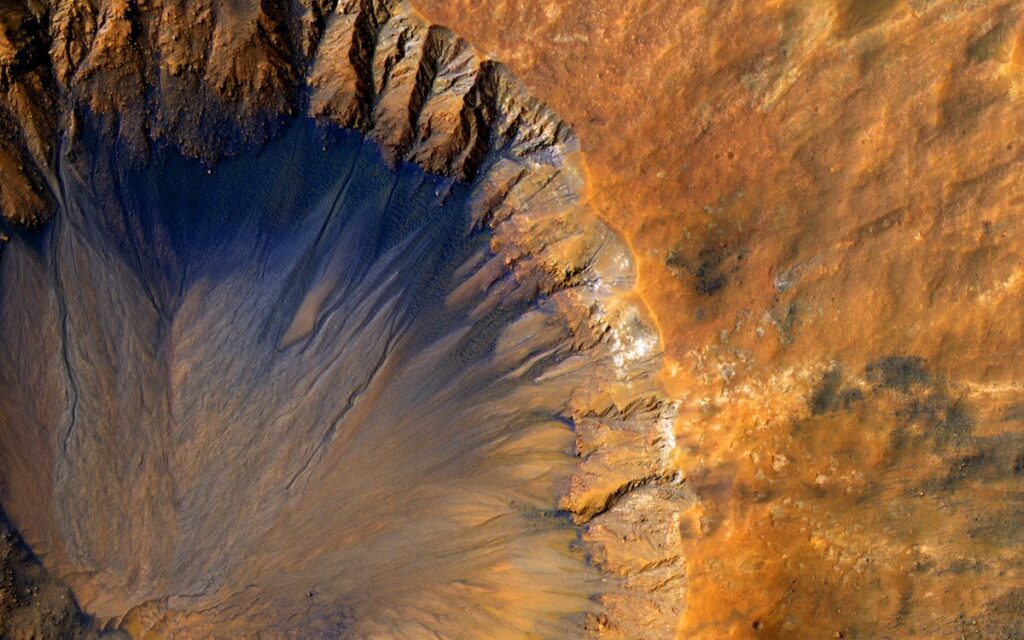
Mars is a small planet, with a diameter of just over 6,000 km, making it only about half the size of Earth. Despite its small size, Mars has a rich history of geological activity, with evidence of ancient rivers and lakes, massive volcanoes, and towering mountains. The largest volcano on Mars, Olympus Mons, stands at a height of over 22 km, making it the tallest mountain in the solar system.
One of the most intriguing aspects of Mars is the possibility of life on the planet. While there is no definitive evidence of life on Mars yet, scientists have found signs of water on the planet and believe that the conditions on Mars were once suitable for life. The Curiosity Rover, which landed on Mars in 2012, has found evidence of organic molecules on the planet, which are the building blocks of life.
The search for life on Mars is not just limited to scientists and their missions. In recent years, private companies such as SpaceX and Blue Origin have also joined the race to explore Mars, with plans to send humans to the planet in the near future. Elon Musk, the CEO of SpaceX, has stated that his ultimate goal is to make humanity a multi-planetary species and has outlined a plan to send humans to Mars as early as 2024.
In conclusion, Mars continues to be a source of fascination and mystery for humans. With numerous missions planned in the near future, we are sure to uncover more secrets about the Red Planet. Whether it is the potential for life or the possibility of colonising the planet, Mars is sure to be a hot topic for years to come.
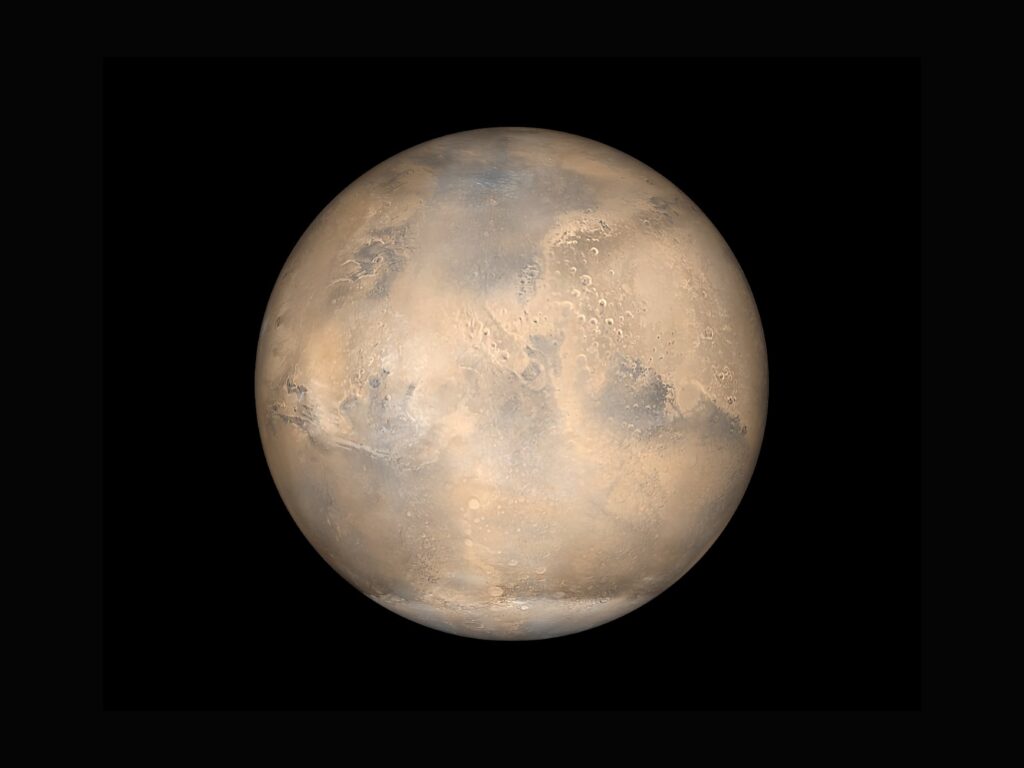
Features of Mars I can see from earth
From Earth, we can observe several features of Mars, including:
- Colour: Mars is easily recognizable due to its reddish hue, which is caused by iron oxide or rust on the planet’s surface.
- Size: Mars can be seen as a bright, red point of light in the night sky. It is the fourth planet from the sun and is smaller than Earth, making it appear smaller in the sky.
- Phases: Like the moon, Mars also goes through phases, where the amount of sunlight reflecting off the planet changes. This can be observed with a telescope and is caused by the planet’s orbit around the sun.
- Polar Ice Caps: The polar ice caps on Mars can be seen from Earth with a telescope. These ice caps are made of frozen carbon dioxide and water and change in size with the seasons.
- Surface Features: With a powerful telescope, it is possible to observe some of the surface features of Mars, including craters, valleys, and mountains. The largest volcano on Mars, Olympus Mons, can also be seen from Earth.
In conclusion, while we cannot see all the features of Mars from Earth, we can still observe several important characteristics of the planet. These observations provide us with valuable information about Mars and help us in planning future missions to the planet.
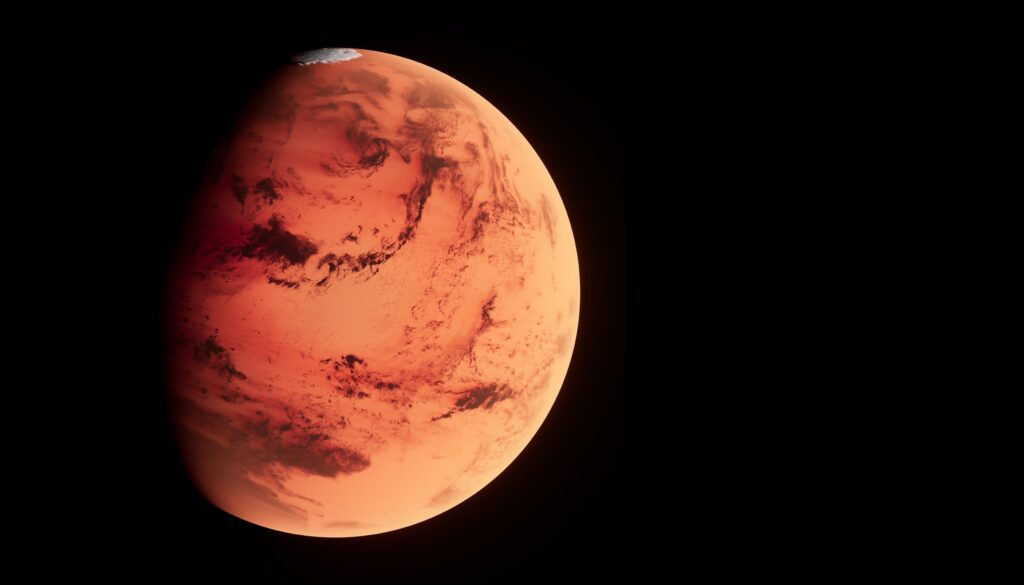
How and when can I see Mars from Ireland
Mars is a bright, red planet that can be easily seen from Earth with the naked eye. If you are located in Ireland, you can see Mars in the night sky during the following times:
- Best viewing time: Mars is visible in the night sky from late autumn to early spring, when it is closest to Earth. During this time, it rises in the east at sunset and sets in the west at sunrise.
- Peak visibility: Mars reaches its peak visibility in the night sky every two years when it is closest to Earth. This typically occurs in the month of October.
- Brightness: Mars can vary in brightness, depending on its position relative to Earth and the sun. However, it is usually visible as a bright, red point of light in the night sky.
To see Mars, look towards the southeast in the night sky. It is best to view Mars on a clear night, away from light pollution, for the best visibility.
In conclusion, if you are in Ireland, you can easily see Mars in the night sky from late autumn to early spring, when it is closest to Earth. With a clear night and good viewing conditions, you can observe the Red Planet as a bright, red point of light in the southeast.
